Emergency Response
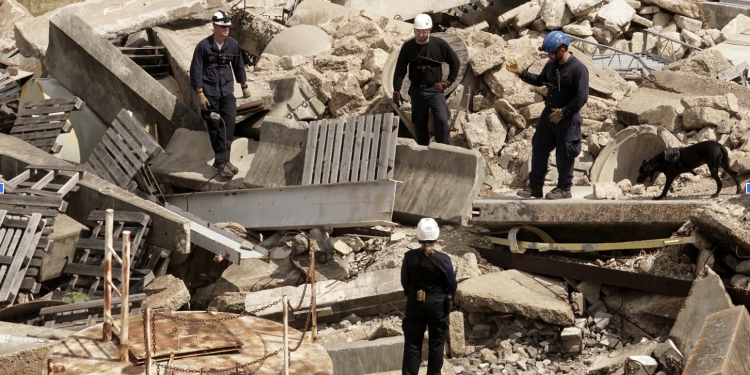
Virtual Demo | goTenna Pro for Emergency Response
Communications are the ultimate lifeline for emergency responders — but mission-critical cell, wifi, radio, and satellite networks are often the first casualty of a natural or man-made disaster. As emergency response teams face potentially record-breaking secondary disasters in addition to the global COVID-19 pandemic, communications capabilities will become even more
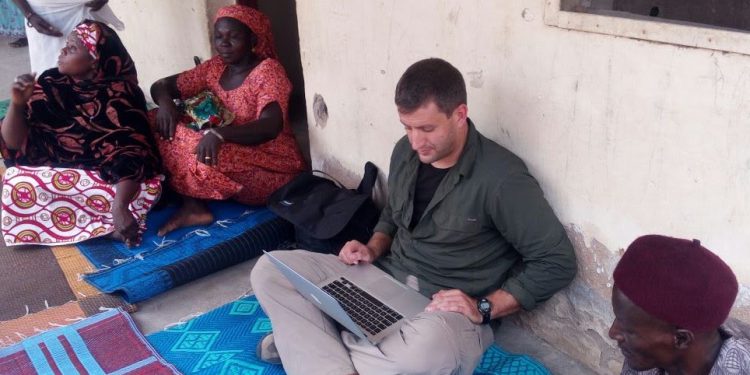
Tech Spotlight Series: FireWatch Solutions on building affordable, secure communications networks for global NGOs
In many of the world’s developing nations, there is a vast ecosystem of non-governmental organizations (NGO) working feverishly to help improve the quality of life. Operating in these places can be dangerous, as access to secure communications can be limited or inconsistent. After a career in the U.S. Marine Corps,
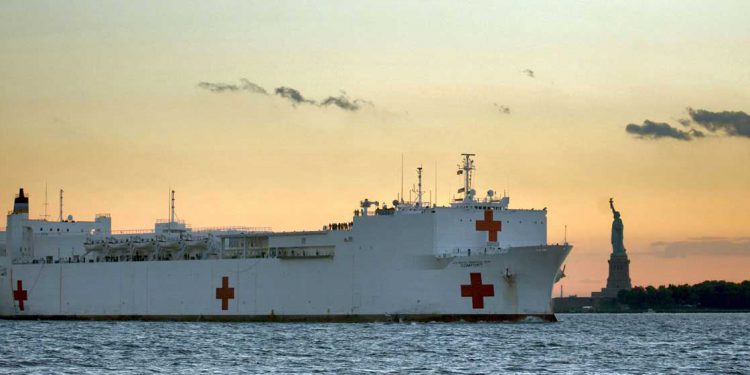
What Ebola Couldn’t Prepare Us For: COVID-19’s Strain on Emergency Communications Networks
In 2014, I was serving as the Senior Strategic Homeland Security Planner for the Brazos Valley Region in East Texas, and tasked with coordinating the Ebola response in the 7,320-square-miles surrounding the Bryan-College Station metropolitan area. Acting as a federal liaison between hospitals, public safety, and state government officials, many
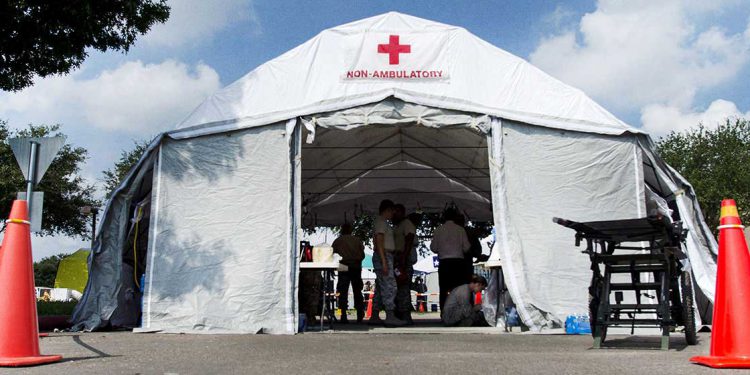
Tech Spotlight Series: Ensuring communications on the frontline of the COVID-19 fight
The global COVID-19 pandemic has left many state and local governments, hospitals and first responders scrambling to find the medical equipment, hospital beds and resources they need to keep up with the incredible influx of sick patients. With so many new cases and hospitalizations, these organizations are turning to temporary
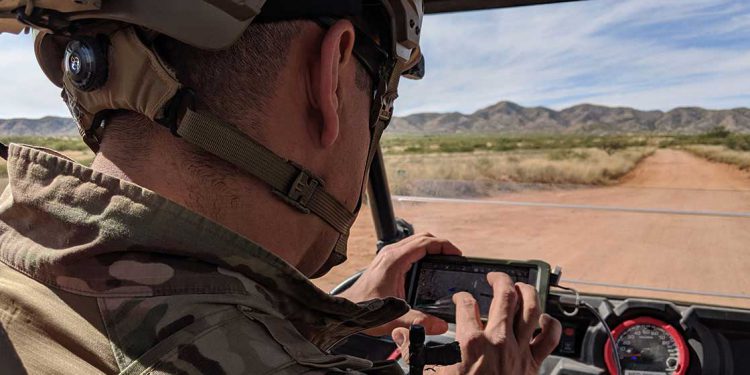
Mobile mesh networking and border patrol – staying connected while keeping the border safe
In my last article on The Last Mile, I looked at the unique communications challenges that exist at the northern border between the U.S. and Canada, which is increasingly important right now with the border closed due to the coronavirus pandemic. But it’s not the only border in need of

Enabling more effective off-grid communications at the closed northern border
Earlier this month, in an attempt to slow the spread of the COVID-19, the United States and Canada took the unprecedented step of shutting down the border between the two countries. While this sounds like a reasonable and rational step towards stemming the spread of a disease that has —
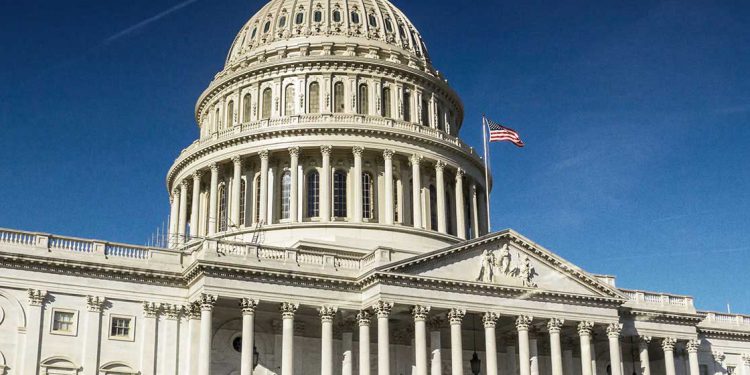
Six DHS preparedness grants to help fund resilient communications equipment
As government agencies across the United States respond to the COVID-19 pandemic, there are several new and existing sources of funding to support these rapidly evolving, multi-agency efforts where communications will undoubtedly play a key role. Earlier this week, the Senate passed a new emergency funding package totaling $340 billion,
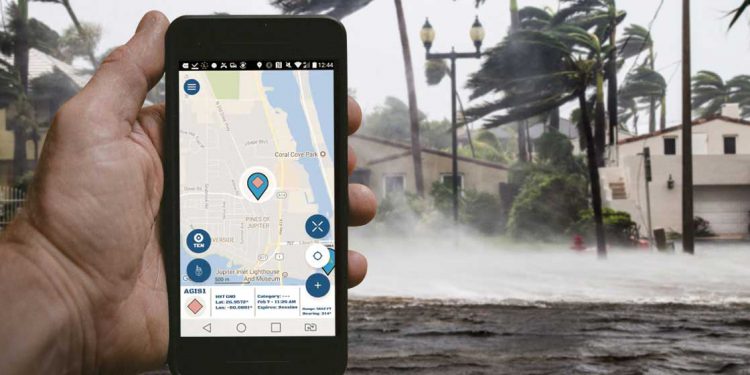
Top 10 apps for emergency response teams
The arrival of dedicated public safety broadband networks like FirstNet means that the adoption of mobile technology can begin in earnest. Nearly 9,000 public safety agencies across the country have already signed on to FirstNet, and more than 750,000 mobile devices are now connected to these networks. With smartphones and
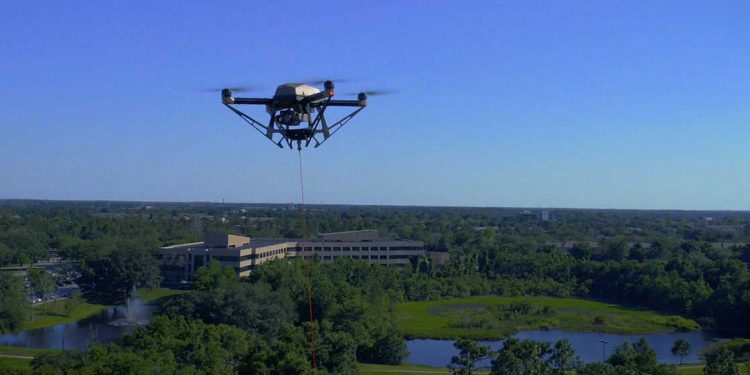
Tech Spotlight Series: Hoverfly on the tactical advantages of tethered drones
Unmanned aerial vehicles (UAVs) are flying high above today’s battlefields, special events, and disaster zones to provide critical situational awareness to tactical teams on the ground. But what happens when that military intelligence, surveillance, reconnaissance (ISR) mission or wildfire survey lasts days at a time? Untethered drones can only stay
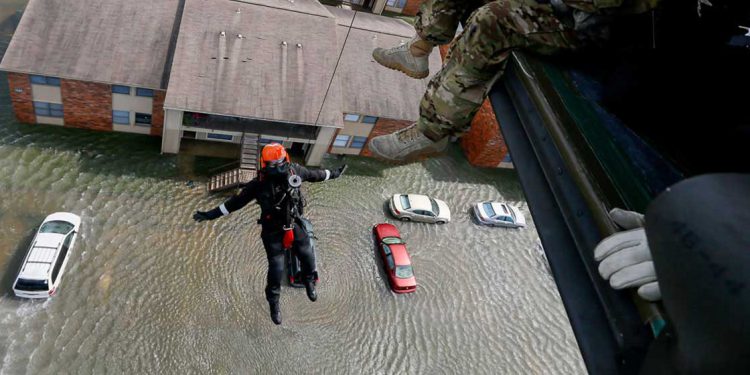
Why communications infrastructure is key to community disaster resilience
The past few months have been witness to a number of devastating natural disasters with no end in sight. Australian firefighters are still battling against a “mega blaze” that has burned more than 12 million acres of land and killed over 800 millions animals. On January 7, Puerto Rico was



